When it comes to getting rid of trees, whether for safety reasons, landscaping changes, or dealing with diseases, understanding the cost factors is crucial. Tree removal service isn’t a straightforward task, and the price tag isn’t a one-size-fits-all deal. This article breaks down the factors that affect the cost of tree removal, from the size of the tree to where it’s located and the specific challenges posed by different tree species. We’re going to dig into the details of why tree removal services can vary in cost and what goes into the estimates provided by tree care professionals.
What Factors Are Used In Quotes For Professional Tree Removal Service?
-
Size Of The Tree
Larger trees, towering over landscapes, often demand more extensive removal efforts due to their sheer volume. These trees may require specialized equipment and additional labor, contributing to increased removal costs.
-
Trunk Diameter
The thickness of a tree’s trunk directly influences the complexity of the removal process. Trees with larger trunk diameters not only pose challenges during cutting but also impact transportation and disposal costs, as the bulkier trunks require more space and effort.
-
Health Of The Tree
The health of a tree is a crucial factor affecting removal costs. Diseased or decaying trees present additional risks, necessitating careful planning and specialized techniques. Handling unhealthy trees requires extra precautions during both the cutting and disposal phases, impacting overall pricing.
-
Accessibility Issues
Trees situated in hard to reach locations, such as close to buildings or in confined spaces, pose logistical challenges. The need for intricate removal techniques and additional safety measures increases labor and equipment costs, contributing to the overall expense.
-
Type Of Tree Species
Different tree species exhibit varying wood densities, influencing the cutting process. Some species may have unique characteristics or challenges that impact the removal method, affecting the overall cost of the service.
-
Emergency Status Or Not
Emergency tree removals, often required after storms or unforeseen events, come with heightened urgency. The immediate demand for services during such situations can lead to increased costs. In contrast, non-emergency removals allow for more flexible scheduling, potentially reducing overall expenses.
-
Location Of The Tree
The proximity of a tree to structures, power lines, or other obstacles adds complexity to the removal process. Trees in close quarters require careful planning and additional safety measures, contributing to increased costs. Additionally, the location of the tree in relation to disposal sites affects transportation costs for debris removal, further influencing the overall expense of the tree removal service.
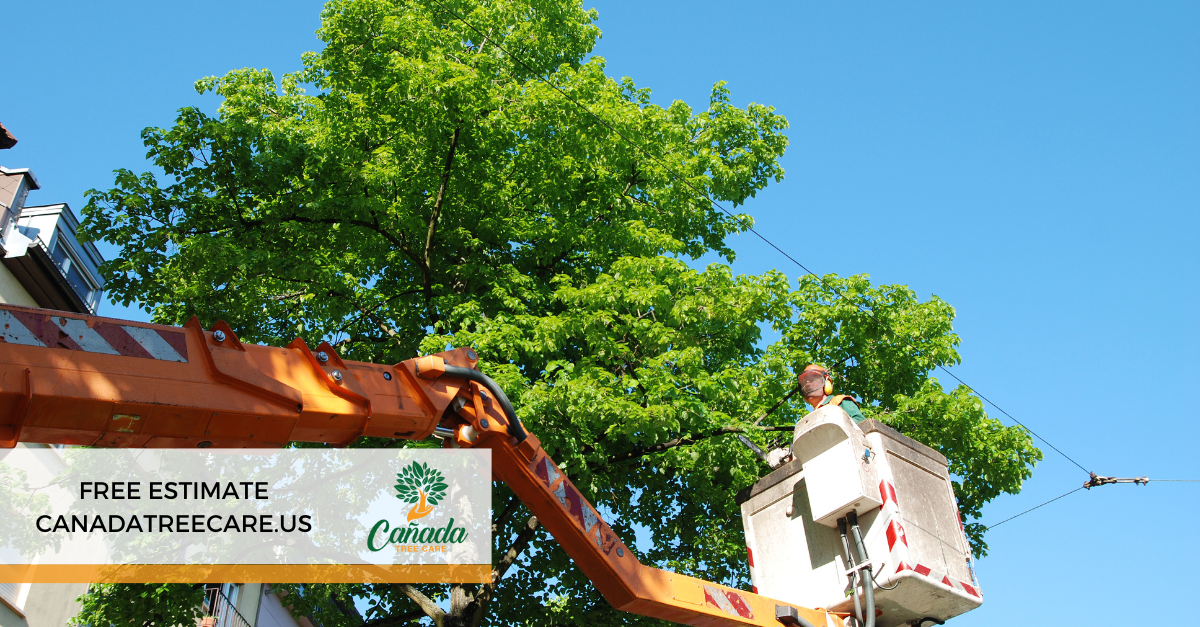
So, if you are on the hunt for the best tree removal company in your area, then look no further than the dedicated squad of experts at Canada Tree Care. Feel free to get in touch with a member of the team and they will be more than happy to answer any questions that you might have regarding the stump issues on your property. We very much look forward to being able to assist you in any ways that we can!
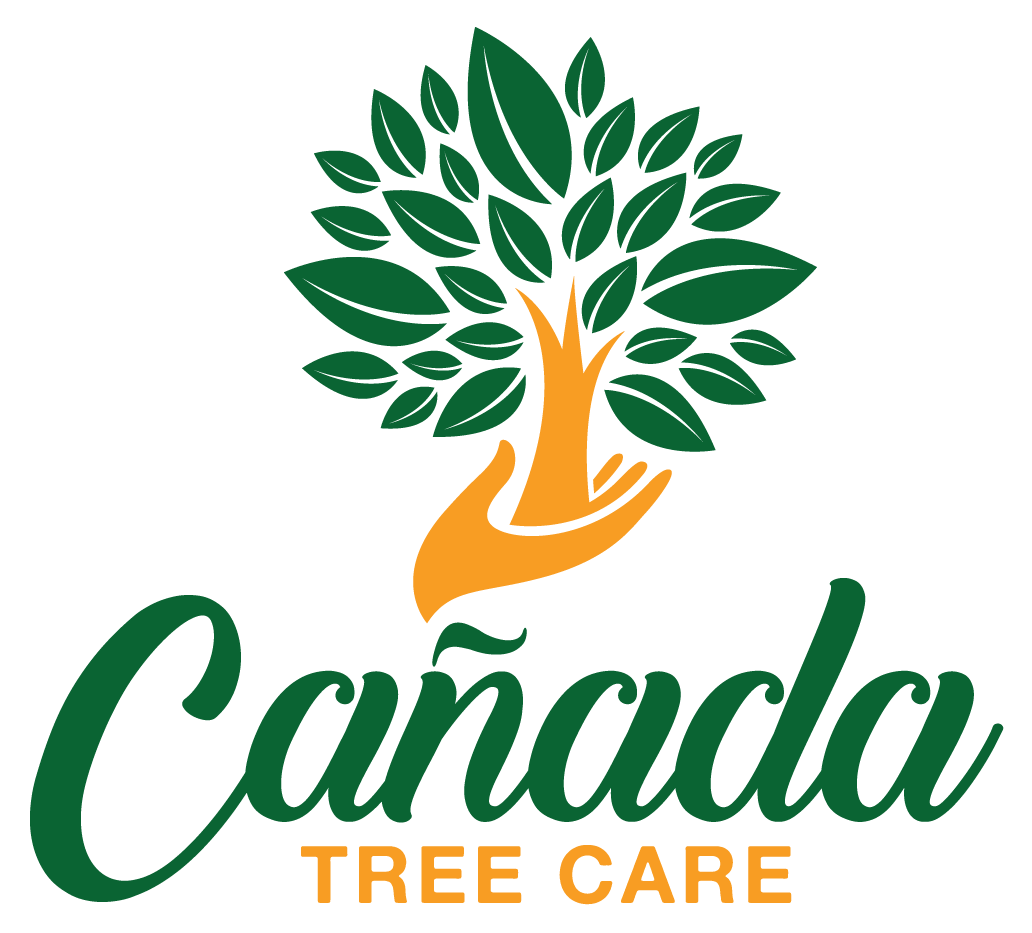

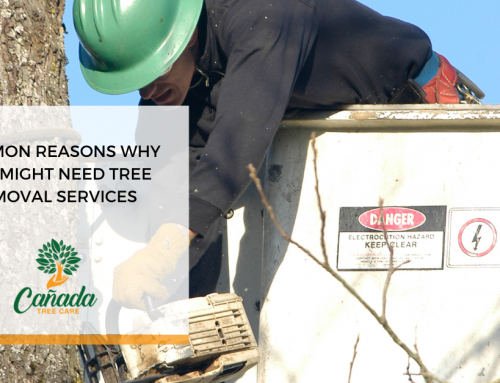
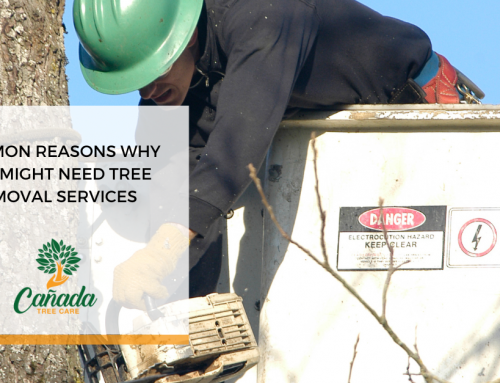
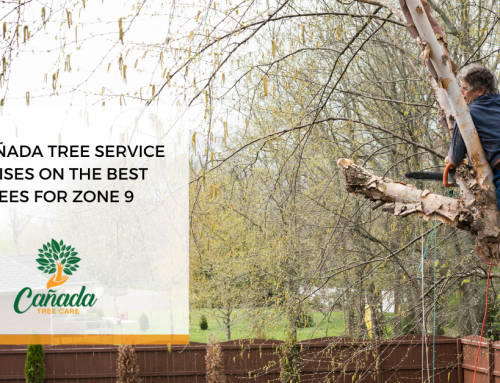

Leave A Comment